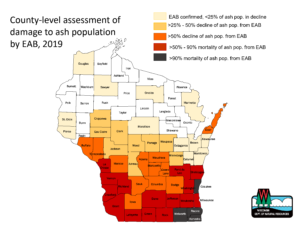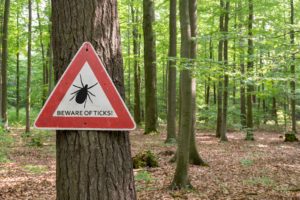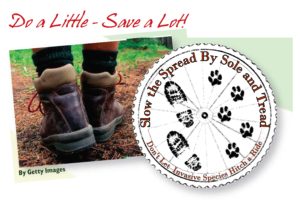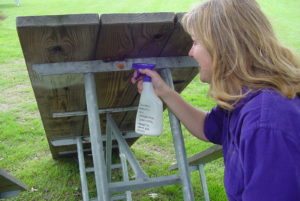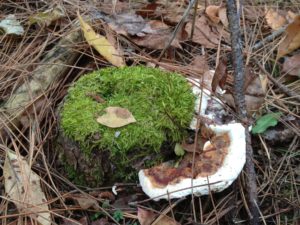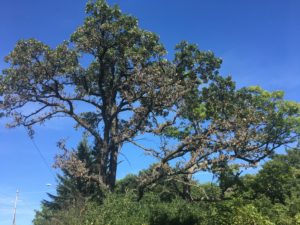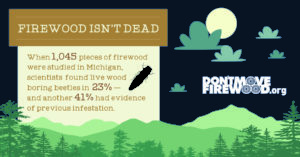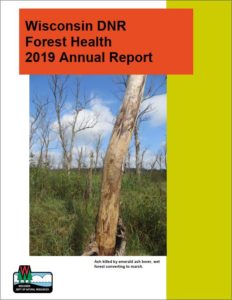
Forest health annual report now available for 2019.
The Forest Health Annual Report summarizes notable impacts for that year of pests, diseases and weather on the health of Wisconsin’s forests. The report is a collaborative product created by DNR forest health specialists from around the state. It outlines the damage and spread of both native and invasive pests and diseases during that year and puts these into context of observations from previous years. Management programs and their results are also described. Highlights from the 2019 annual report include:
- Dramatically increased decline and mortality from emerald ash borer in southern WI
- New county and township detections of oak wilt
- Precipitation record and major storm damage
- Summary of state nursery studies on Diplodia sapinea, galls on jack pine seedlings, and testing new fumigants to replace methyl bromide
This year’s annual report is available on the DNR forest health homepage. Previous annual reports, including historical reports dating back to 1951, are archived and available upon request. Contact your local forest health specialist if you’d like digital copies of any archived annual reports.

